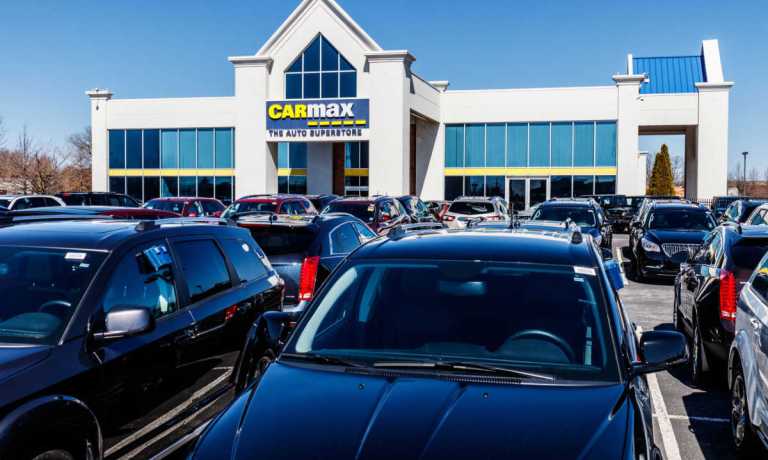
The majority of consumers now seek out both digital and physical channels in their car buying journey, according to CarMax, and this omnichannel adoption continues to grow.
The used vehicle retailer shared on a call with analysts Friday (June 21) discussing its first-quarter fiscal 2025 financial results that, while most consumers still complete their car purchase in stores, digital engagement has become the norm.
“We continue to see ongoing adoption of our omnichannel retail experience, approximately 57% of retail unit sales were omni sales this quarter, up from 54% in the prior year,” CarMax CEO and President Bill Nash said, noting that eCommerce transactions made up only 14% of the company’s retail unit sales.
In an effort to further drive adoption, the company is integrating new capabilities in stores to offer “a more seamless experience” across channels, better enabling on-site employees to pick up where consumers’ self-guided digital journeys left off.
It seems consumers’ omnichannel adoption for automotive purchases is far higher than for other retail categories. The PYMNTS Intelligence report “2024 Global Digital Shopping Index: U.S. Edition,” created in collaboration with Visa Acceptance Solutions, found that only 1 in 5 consumers are digitally assisted in-store shoppers, with a preference for leveraging digital tools to improve their in-store journey.
Even young consumers, so used to digital experiences, still seek out the hands-on experience of completing car purchases on site, as Rebecca Lindland, senior director of industry data and insights at Cars.com, told PYMNTS in an interview last month.
“We recently did a study, and the majority of younger people actually want to complete their purchase of a vehicle in person at the dealership, which was a bit of a surprise for us,” Lindland said. “But we think that part of it is that you still want that chance to touch and feel and test drive your vehicle. … Younger consumers in particular still want to have that experience of going into the dealership, looking the person in the eye — that feeling of authenticity.”
These young consumers are the ones who are especially likely to be saving up to buy vehicles. The April installment of the same series, “Why 60 Percent of Gen Z’s Live Paycheck to Paycheck,” which drew from a survey of more than 3,400 U.S. consumers, found that 11% of Gen Z consumers cite buying a car as their top financial goal.
Notably, CarMax highlighted year-over-year price declines, with average retail selling price per unit dropping by around $700. Nash noted that consumers have been buying older used cars, even ones that are more than 10 years old, which is not the company’s purview. Still, for vehicles that CarMax does sell, consumers have been tending to prefer older models available.
“We’ve had roughly one-third of our cars are, let’s call it, more than six years old. It’s up a lot from where it was before,” Nash said.
Indeed, the purchase can be a significant financial strain for many buyers. Research from the February/March edition of the PYMNTS Intelligence “New Reality Check: The Paycheck-to-Paycheck Report” found that, especially among lower-income consumers, car costs are top of mind. The study’s survey of more than 4,200 U.S. consumers found that 1 in 3 consumers who make less than $50,000 annually say that vehicle-related expenses had a high or very high impact on their budget in the last year, versus just 27% of the population overall.